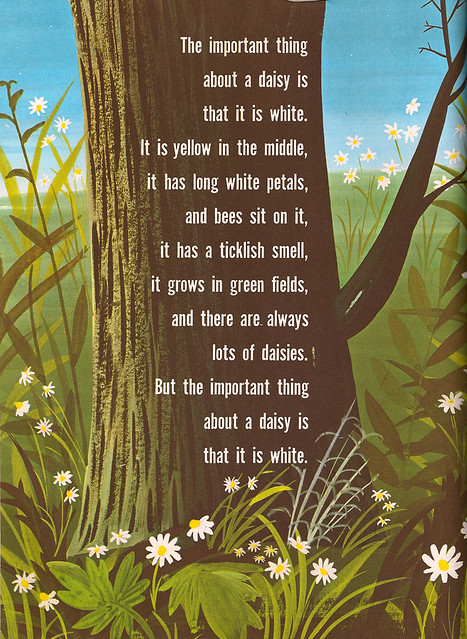Our figurative language study is in full swing! This week, we are focusing our efforts on finding examples of figurative language in literature, music, and in our daily lives. Inspired by a colleague, I am challenging my students to listen and think about figurative language all hours of the day. As they find examples of figurative language, they are invited to add those examples to our class collaborative Google Slides.
Did I mention we are 1:1 now? Life changing, folks! We just recently started utlitizing Google Classroom now that we are 1:1 with iPads.
To begin, I created a bare-bones Slides project with the different types of figurative language we study in 5th grade. After assigning the collaborative Google Slides in Google Classroom (how many times can I say Google in this post?), we defined each of the types of figurative language as a class. This isn't the first time we've discussed figurative language, so the definitions were more of a refresher after the long holiday weekend.
Then, I partnered the students and gave each duo an opportunity to pick a book from my special pile of "figurative language friendly" books. Students read the book together and were adding to the Slides in a matter of minutes! We had so much editing happening at once it caused a bit of panic. We'll refer to that as GAFE Growing Pains. :) We did some troubleshooting and solved the problem with "disappearing" text.
 |
| "Owl Moon" by Jane Yolen |
 |
| "Pigsty" by Mark Teague |
Here's a snapshot of the titles we used. There were several more I found online, but I didn't have access to those books in my personal library or our school library.
If you are looking for good books to add to your mentor text stash or your classroom library, I highly recommend the following titles! I apologize to your bank account in advance.
Pigsty by Mark Teague
Fireflies by Judy Brinkloe
My Mama Had a Dancing Heart by Libba Moore Gray
When I Was Young in the Mountains by Cynthia Rylant
Roller Coaster by Marla Frazee
Where the Wild Things Are by Maurice Sendak
Yesterday, I Had the Blues by Jeron Ashford Frame
Parts by Tedd Arnold
Grandfather Twilight by Barbara Berger
What books do you use to teach figurative language? Share with me!












